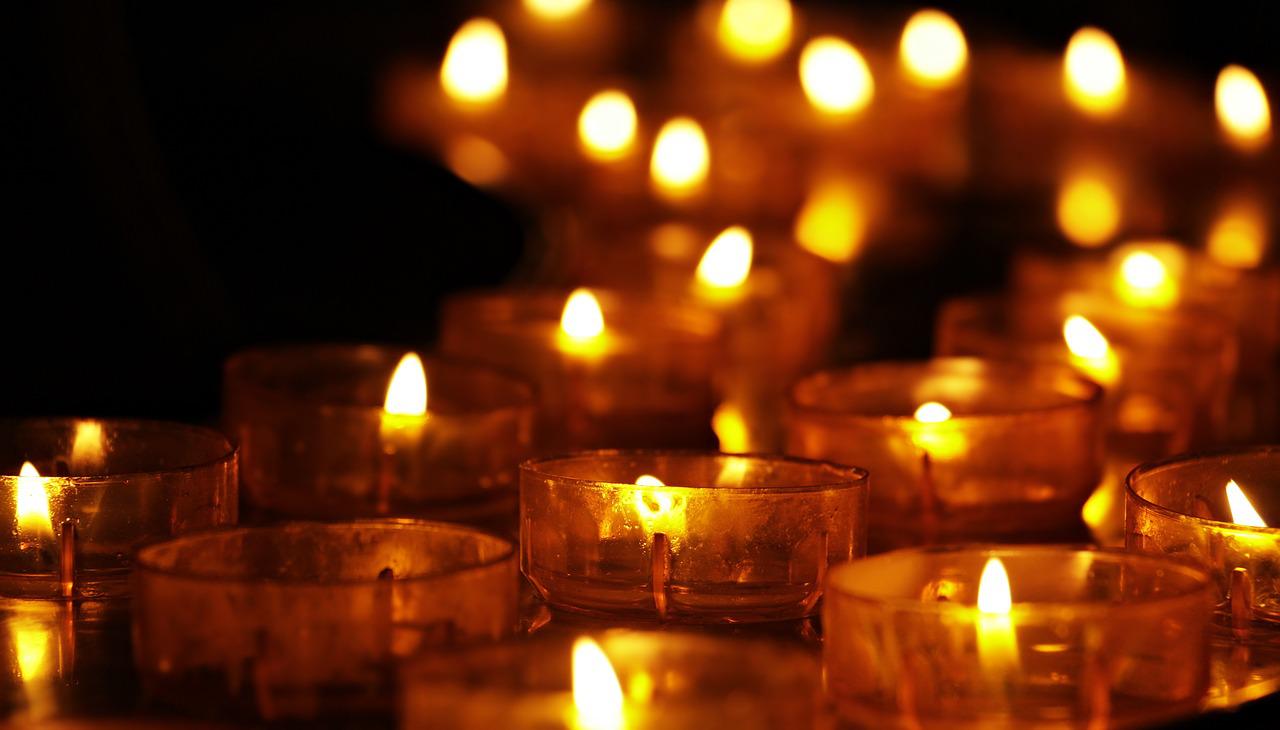We were very excited to talk about this topic, that is religion in Mongolia, because of the long and rich history of it and the many twists and turns along the way. We’ll waste no more time on the introduction and go straight to discussing the two most prominent religions in the history of Mongolia.
Tengrism
We had to start with the religion that people associate the most with Mongolia – Tengrism. It may also fall under the umbrella of shamanism (especially nowadays with the census system), but one thing is certain – the Mongols believed in Tengri (also known as Tenger and Tangra among others) who stood at the pedestal of the pantheon of gods.
Tengri is often called “the Eternal Sky” and Mongolia is still known as “the land of the Eternal Blue Sky” for that reason. Although Tengrism is technically a polytheistic religion that includes other major deities such as the Earth Mother (Etugen, Eje etc.), its focus is on Tengri, making it almost appear as a monotheistic pagan religion.
In fact, the Mongols often opened documents with the words “Mongke Tenggiri-yin Kucun-dur or ‘By the Power of Eternal Heaven.’ Mongols believed that their power came straight from Tengri and that they were destined to conquer the world. Genghis Khan attributed his military success to his love for Tengri.
Mongolian Tengrism was not an institutionalised religion, nor did it boast of impressive temples; the latter was likely mostly due to the nomadic nature of the Mongols. Rather, Tengrists utilised nature, having sacred locations and scribing on big stones. Natural phenomena was thought to come from the gods and it was thus interpreted religiously.
The interpreters were the shamans who were generally male, but sometimes also female. A shaman could be a person with pronounced sensitivity to spirits or one that has come in close contact with death. The shamans would sacrifice animals and make predictions based on their parts. They’d also go into trance to connect to the spiritual world, sometimes calling on spirit animals (Tengri’s animal is the horse).
Tengrism was the official religion of the Mongols until the late 13th century, but many other religions were practiced as well. One can find Christian and Muslim temples, for example, that are more than a millennium old.
Genghis Khan himself allowed his new subjects to freely practice their religion and their religious institutions were tax-exempt. It’s also believed that Tengrism was rather “progressive” as it didn’t seek to convert people and that the righteous, no matter their religion, could also join Tengri and his heavenly kingdom when they die.
It’s difficult to estimate how many Mongolians still practice Tengrism, but it’s thought that about 2 to 3% hold shamanistic beliefs today.
Buddhism
With the expansion of the Mongolian Empire and the sophisticated trade system that Genghis Khan created, many missionaries found their way to the heart of Mongolia. Some of them were Christians and Muslims, but they didn’t have the same impact that Tibetan Buddhists did.
Buddhism, however, found its way to Mongolia long before Genghis Khan’s empire. Even the first Mongol state, Xiongnu (209 BC-93 AD), received Buddhist missionaries and even had Buddhist temples. The Chinese dynasties of Liao and Jin also looked upon it favourably, so the grounds for massive conversion were already laid out long before it happened.
Emperor Möngke, a grandson of Genghis Khan, held great respect for Buddhism, appointing a chief for the Buddhists in Mongolia and even ruling in their favour in a dispute with Taoists. His younger brother, Kublai Khan, invited Buddhist monks to spread the religion and tasked them with creating a new script to unify the empire.
Kublai Khan became the creator of the Yuan dynasty that came to rule “China proper”, along with Mongolia, and this expansion necessitated the unification of the empire, which is best done through religion. Buddhism became the de-facto official religion of the Mongols during the Yuan period.
It’s interesting to note though that the first Mongol prince to convert was Prince Kötön in the mid-1200’s.
After the Yuan dynasty was defeated by the Ming dynasty in 1368, Tengrism found its way back. There was a continuous struggle for power over the religious identity of the Mongols with some Mongol leaders uniting with Buddhists to achieve legitimacy such as Altan Khan.
Buddhism eventually became the official Mongolian religion by slowly and peacefully converting people, rather than being forced upon the population. Mongols adhered to Tibetan Buddhism, more specifically Yellow Church (a Tibetan Gelukpa sect), as it was perhaps reminiscent of their previously shamanistic beliefs due to its rituals.
The Qing dynasty (1632-1912) and later the Bogd Khaganate (20th century) build gorgeous Buddhist temples and supported the Buddhist clergy and scholars. Nowadays, Buddhism is still the dominant religion with more than 53% of Mongolians identifying themselves as Buddhist.
However, when the communists seized power in the 1920’s, Buddhists were persecuted, similarly to Christians in the Soviet Union, with many monks and followers alike losing their lives. Atheism penetrated Mongolian society and nowadays, 40% of Mongolians identify as atheists, making them the largest group after Buddhists, followed by shamanists, and a small number of Christians and Muslims.

